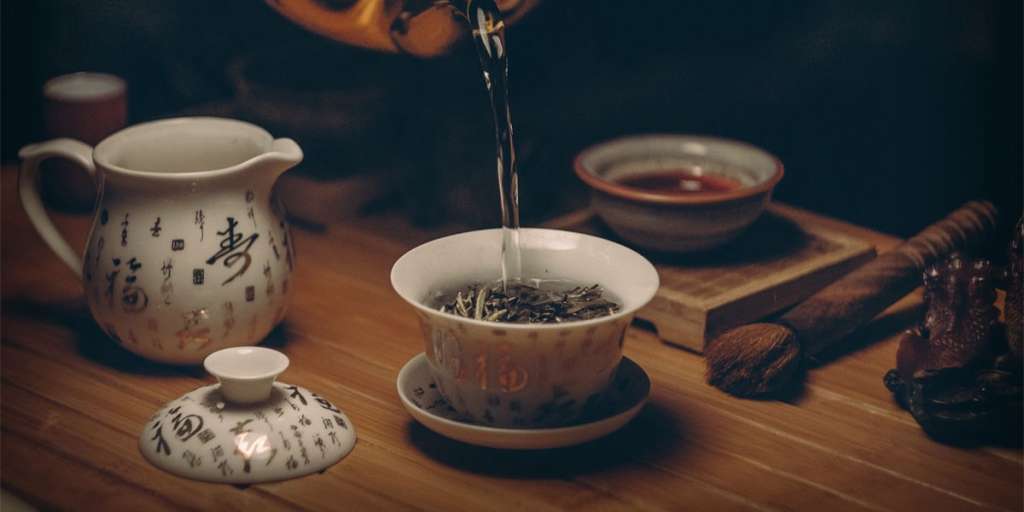Tea is a Work of Art

Tea is a work of art and needs a master hand to bring out its noblest qualities. We have good and bad tea, as we have good and bad paintings--generally the latter. There is no single recipe for making the perfect tea, as there are no rules for producing a Titian or a Sesson. Each preparation of the leaves has its individuality, its special affinity with water and heat, its own method of telling a story. The truly beautiful must always be in it. How much do we not suffer through the constant failure of society to recognise this simple and fundamental law of art and life; Lichilai, a Sung poet, has sadly remarked that there were three most deplorable things in the world: the spoiling of fine youths through false education, the degradation of fine art through vulgar admiration, and the utter waste of fine tea through incompetent manipulation.
Like Art, Tea has its periods and its schools. Its evolution may be roughly divided into three main stages: the Boiled Tea, the Whipped Tea, and the Steeped Tea. We moderns belong to the last school. These several methods of appreciating the beverage are indicative of the spirit of the age in which they prevailed. For life is an expression, our unconscious actions the constant betrayal of our innermost thought. Confucius said that "man hideth not." Perhaps we reveal ourselves too much in small things because we have so little of the great to conceal. The tiny incidents of daily routine are as much a commentary of racial ideals as the highest flight of philosophy or poetry. Even as the difference in favorite vintage marks the separate idiosyncrasies of different periods and nationalities of Europe, so the Tea-ideals characterise the various moods of Oriental culture. The Cake-tea which was boiled, the Powdered-tea which was whipped, the Leaf-tea which was steeped, mark the distinct emotional impulses of the Tang, the Sung, and the Ming dynasties of China. If we were inclined to borrow the much-abused terminology of art-classification, we might designate them respectively, the Classic, the Romantic, and the Naturalistic schools of Tea.
